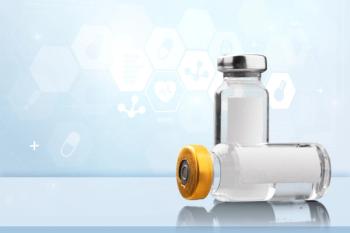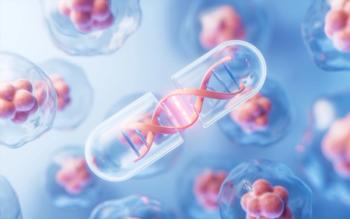
Combining Gene Therapy and Gene Editing Techniques to Bolster SMA Treatment
The advent of gene therapies for spinal muscular atrophy (SMA) has allowed some patients reach developmental milestones when treated as newborns, but the long-term durability of these treatments is unknown. Researchers recently tested a new approach in mice that combines both gene supplementation and genome editing to increase the likelihood of medical intervention lasting longer.
SMA is caused by mutations in the SMN1 gene, leading to the degeneration of motor neurons, muscle weakness, and atrophy. Disease-modifying medications have transformed the treatment landscape, with the availability of Spinraza (nusinersen) and Evrysdi (risdiplam), which don’t cure the SMA but do modify the underlying disease process; and Zolgensma (onasemnogene abeparvovec-xioi), which is a one-time gene replacement therapy.
Zolgensma, approved by the FDA in 2019, works by delivering a healthy version of SMN1 through a viral vector, but it can’t insert itself directly into the patient’s genetic code. As cells are replaced in the body over time, the effect of the drug could wane, the researchers wrote, although to date a small cohort of children treated with the drug have not experienced a decline in efficacy for up to seven years.
While gene editing technologies such as CRISPR can permanently fix mutations, the technology isn’t as effective when it comes to motor neurons, because these cells don’t divide and create genetically identical copies like other cells in the body do.
To overcome these limitations, researchers created a new approach they call GeneDUET, which combines a gene supplementation approach like Zolgensma, with genome editing using a technology known as homology-independent targeted integration (HITI). This method allows for the precise insertion of corrective genetic material into the DNA of both dividing and non-dividing cells, including motor neurons. In the study, researchers reported a “significant boost” in survival time of the treated mice.
“This approach has great potential for the field of genome-editing technologies that may hold potential implications for the treatment of various inherited diseases, particularly neurodegenerative and neuromuscular disorders,” the study authors wrote.
The
Newsletter
Get the latest industry news, event updates, and more from Managed healthcare Executive.



















































